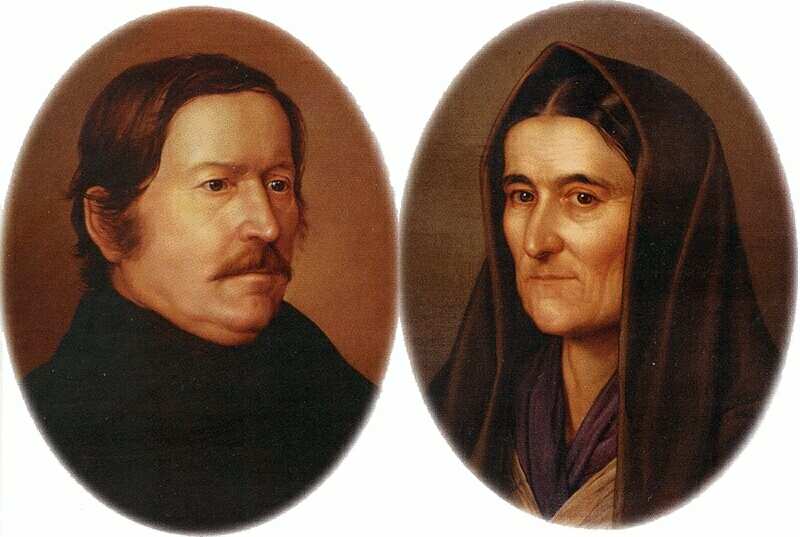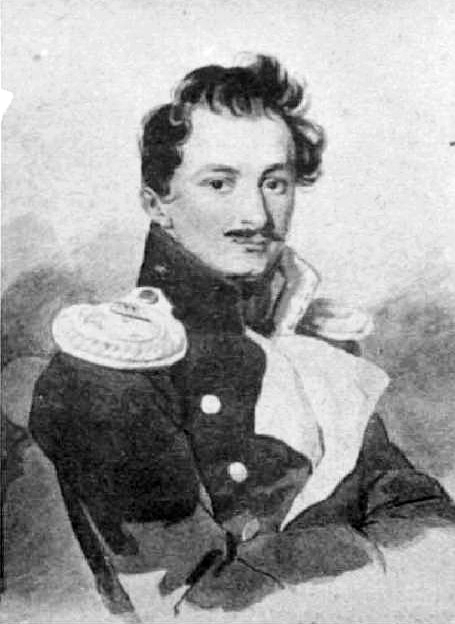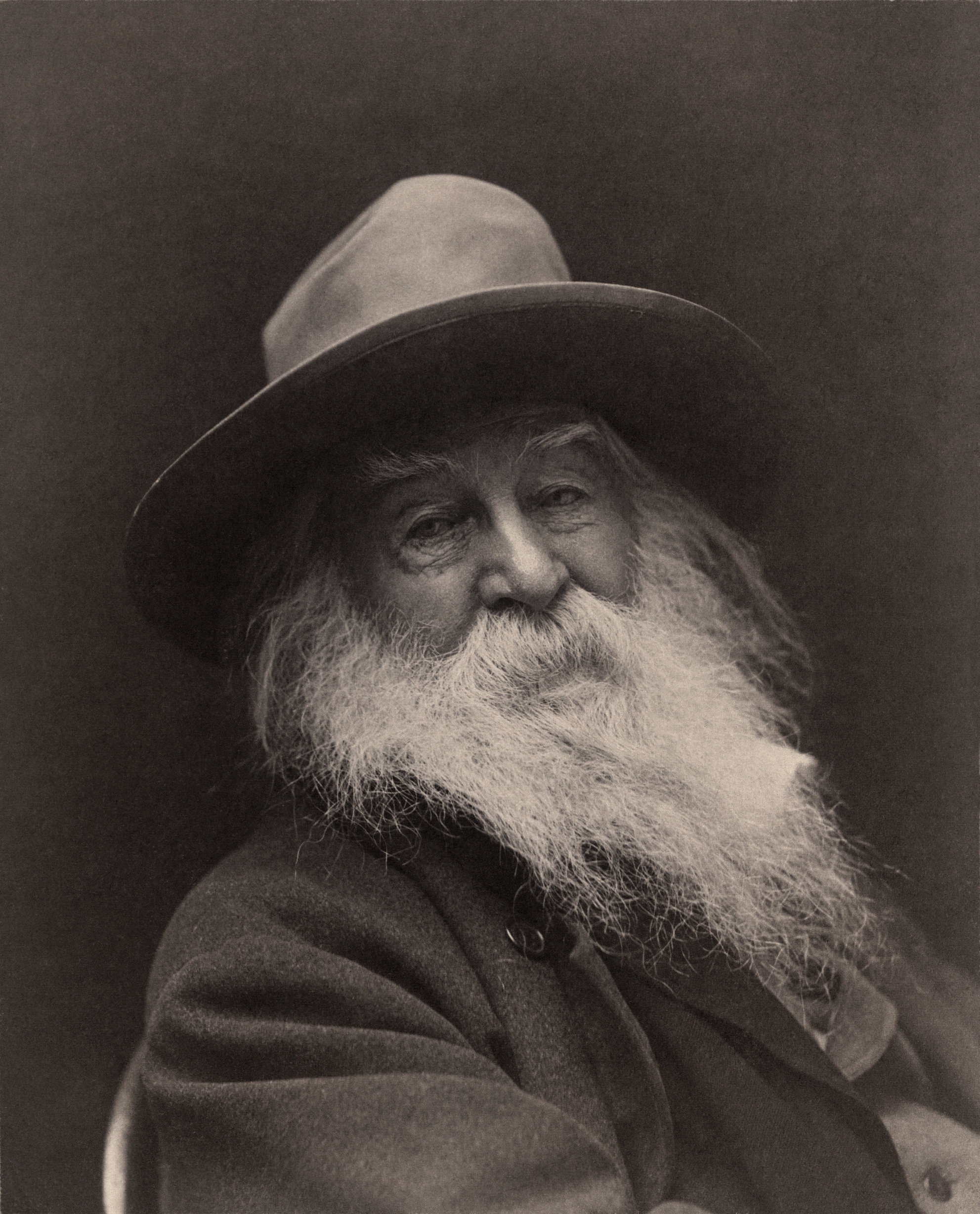|
Sándor Petőfi
Sándor Petőfi ( []; né Petrovics; sk, Alexander Petrovič; sr, Александар Петровић; 1 January 1823 – most likely 31 July 1849) was a Hungarian poet of Serbian origin and liberal revolutionary. He is considered Hungary's national poet, and was one of the key figures of the Hungarian Revolution of 1848. He is the author of the ''Nemzeti dal'' (National Song), which is said to have inspired the revolution in the Kingdom of Hungary that grew into a war for independence from the Austrian Empire. It is most likely that he died in the Battle of Segesvár, one of the last battles of the war. Early life Petőfi was born on the New Year's morning of 1823, in the town of Kiskőrös, Kingdom of Hungary. The population of Kiskőrös was predominantly of Slovak origin as a consequence of the Habsburgs' reconstruction policy designed to settle, where possible, non-Hungarians in areas devastated during the Turkish wars. His birth certificate, in Latin, gives his name as ... [...More Info...] [...Related Items...] OR: [Wikipedia] [Google] [Baidu] |
:Template:Infobox Writer/doc
Infobox writer may be used to summarize information about a person who is a writer/author (includes screenwriters). If the writer-specific fields here are not needed, consider using the more general ; other infoboxes there can be found in :People and person infobox templates. This template may also be used as a module (or sub-template) of ; see WikiProject Infoboxes/embed for guidance on such usage. Syntax The infobox may be added by pasting the template as shown below into an article. All fields are optional. Any unused parameter names can be left blank or omitted. Parameters Please remove any parameters from an article's infobox that are unlikely to be used. All parameters are optional. Unless otherwise specified, if a parameter has multiple values, they should be comma-separated using the template: : which produces: : , language= If any of the individual values contain commas already, add to use semi-colons as separators: : which produces: : , ps ... [...More Info...] [...Related Items...] OR: [Wikipedia] [Google] [Baidu] |
Jovan Jovanović Zmaj
Jovan Jovanović Zmaj ( sr-cyr, Јован Јовановић Змаj, pronounced ; 24 November 1833 – 1 June 1904) was a Serbian poet. Jovanović worked as a physician; he wrote in many poetry genres, including love, lyric, patriotic, political, and youth, but he remains best known for his children's poetry. His nursery rhymes have entered the Serbian national consciousness and people sing them to their children without knowing who wrote them. Jovanović also translated the works of some of the great poets, such as Russians Lermontov and Pushkin, Germans Goethe and Heine, and the American Longfellow. Jovanović's nickname ''Zmaj'' or ''Змај'' (dragon) derives from the 3 May 1848 assembly. Biography Zmaj was born in Novi Sad, which was then part of Batsch-Bodrog County (Kingdom of Hungary, Austrian Empire; today in Serbia), on 24 November 1833. His family was old and noble, and had roots in modern-day North Macedonia. His father came from a family of Aromanian de ... [...More Info...] [...Related Items...] OR: [Wikipedia] [Google] [Baidu] |
Slovaks
The Slovaks ( sk, Slováci, singular: ''Slovák'', feminine: ''Slovenka'', plural: ''Slovenky'') are a West Slavic ethnic group and nation native to Slovakia who share a common ancestry, culture, history and speak Slovak. In Slovakia, 4.4 million are ethnic Slovaks of 5.4 million total population. There are Slovak minorities in many neighboring countries including Austria, Croatia, Czech Republic, Hungary, Poland, Romania, Serbia and Ukraine and sizeable populations of immigrants and their descendants in Australia, Canada, France, Germany, United Kingdom and the United States among others, which are collectively referred to as the Slovak diaspora. Name The name ''Slovak'' is derived from ''*Slověninъ'', plural ''*Slověně'', the old name of the Slavs (Proglas, around 863). The original stem has been preserved in all Slovak words except the masculine noun; the feminine noun is ''Slovenka'', the adjective is ''slovenský'', the language is ''slovenčina'' and the country ... [...More Info...] [...Related Items...] OR: [Wikipedia] [Google] [Baidu] |
Serb
The Serbs ( sr-Cyr, Срби, Srbi, ) are the most numerous South Slavic ethnic group native to the Balkans in Southeastern Europe, who share a common Serbian ancestry, culture, history and language. The majority of Serbs live in their nation state of Serbia, as well as in Bosnia and Herzegovina, Croatia, Montenegro, and Kosovo. They also form significant minorities in North Macedonia and Slovenia. There is a large Serb diaspora in Western Europe, and outside Europe and there are significant communities in North America and Australia. The Serbs share many cultural traits with the rest of the peoples of Southeast Europe. They are predominantly Eastern Orthodox Christians by religion. The Serbian language (a standardized version of Serbo-Croatian) is official in Serbia, co-official in Kosovo and Bosnia and Herzegovina, and is spoken by the plurality in Montenegro. Ethnology The identity of Serbs is rooted in Eastern Orthodoxy and traditions. In the 19th century, the Serbia ... [...More Info...] [...Related Items...] OR: [Wikipedia] [Google] [Baidu] |
Sándor
Sándor is a Hungarian given name and surname. It is the Hungarian form of Alexander. It may refer to: People Given name * Sándor Apponyi (1844–1925) was a Hungarian diplomat, bibliophile, bibliographer and great book collector * Sándor Boldogfai Farkas (1907–1970), was a Hungarian nobleman, a Hungarian sculptor, medalist *Sándor Bródy (footballer) (1884–1944), Jewish-Hungarian soccer player *Sándor Bródy (writer) (1863–1924) *Sándor Csányi (banker) (born 1953), CEO of OTP Bank Group * Sándor Csányi (actor) (born 1975), Hungarian actor * Sandor Earl (born 1989), New Zealand born rugby league player *Sándor Erdős (born 1947), Hungarian Olympic champion épée fencer *Sándor Fábry (born 1953), Hungarian comedian, talk show host, and writer * Vitéz Sándor Farkas de Boldogfa (1880–1946) was a Hungarian nobleman, colonel, captain of the Order of Vitéz of the county of Zala, knight of the Order of the Austrian Iron Crown *Sándor Fazekas (born 1963) ... [...More Info...] [...Related Items...] OR: [Wikipedia] [Google] [Baidu] |
Alexander
Alexander is a male given name. The most prominent bearer of the name is Alexander the Great, the king of the Ancient Greek kingdom of Macedonia who created one of the largest empires in ancient history. Variants listed here are Aleksandar, Aleksander and Aleksandr. Related names and diminutives include Iskandar, Alec, Alek, Alex, Alexandre, Aleks, Aleksa and Sander; feminine forms include Alexandra, Alexandria, and Sasha. Etymology The name ''Alexander'' originates from the (; 'defending men' or 'protector of men'). It is a compound of the verb (; 'to ward off, avert, defend') and the noun (, genitive: , ; meaning 'man'). It is an example of the widespread motif of Greek names expressing "battle-prowess", in this case the ability to withstand or push back an enemy battle line. The earliest attested form of the name, is the Mycenaean Greek feminine anthroponym , , (/ Alexandra/), written in the Linear B syllabic script. Alaksandu, alternatively called ''Alakasandu ... [...More Info...] [...Related Items...] OR: [Wikipedia] [Google] [Baidu] |
Turkish Wars
A series of military conflicts between the Ottoman Empire and various European states took place from the Late Middle Ages up through the early 20th century. The earliest conflicts began during the Byzantine–Ottoman wars, waged in Anatolia in the late 13th century before entering Europe in the mid 14th century with the Bulgarian–Ottoman wars. In the mid 15th century, the Serbian–Ottoman wars and the Albanian-Turkish wars were waged by Serbia and Albania respectively against the Ottoman Turks. Much of this period was characterized by Ottoman expansion into the Balkans. The Ottoman Empire made further inroads into Central Europe in the 15th and 16th centuries, culminating in the peak of Ottoman territorial claims in Europe. The Ottoman–Venetian wars spanned four centuries, starting in 1423 and lasting until 1718. This period witnessed the fall of Negroponte in 1470, the fall of Famagusta (Cyprus) in 1571, the defeat of the Ottoman fleet at the Battle of Lepanto in 15 ... [...More Info...] [...Related Items...] OR: [Wikipedia] [Google] [Baidu] |
Habsburgs
The House of Habsburg (), alternatively spelled Hapsburg in Englishgerman: Haus Habsburg, ; es, Casa de Habsburgo; hu, Habsburg család, it, Casa di Asburgo, nl, Huis van Habsburg, pl, dom Habsburgów, pt, Casa de Habsburgo, la, Domus Habsburg, french: Maison des Habsbourg and also known as the House of Austriagerman: link=no, Haus Österreich, ; es, link=no, Casa de Austria; nl, Huis van Oostenrijk, pl, dom Austrii, la, Domus Austriæ, french: Maison d'Autriche; hu, Ausztria Háza; it, Casa d'Austria; pt, Casa da Áustria is one of the most prominent and important dynasties in European history. The house takes its name from Habsburg Castle, a fortress built in the 1020s in present-day Switzerland by Radbot of Klettgau, who named his fortress Habsburg. His grandson Otto II was the first to take the fortress name as his own, adding "Count of Habsburg" to his title. In 1273, Count Radbot's seventh-generation descendant Rudolph of Habsburg was elected King of the ... [...More Info...] [...Related Items...] OR: [Wikipedia] [Google] [Baidu] |
Kingdom Of Hungary
The Kingdom of Hungary was a monarchy in Central Europe that existed for nearly a millennium, from the Middle Ages into the 20th century. The Principality of Hungary emerged as a Christian kingdom upon the coronation of the first king Stephen I at Esztergom around the year 1000;Kristó Gyula – Barta János – Gergely Jenő: Magyarország története előidőktől 2000-ig (History of Hungary from the prehistory to 2000), Pannonica Kiadó, Budapest, 2002, , p. 687, pp. 37, pp. 113 ("Magyarország a 12. század második felére jelentős európai tényezővé, középhatalommá vált."/"By the 12th century Hungary became an important European factor, became a middle power.", "A Nyugat részévé vált Magyarország.../Hungary became part of the West"), pp. 616–644 his family (the Árpád dynasty) led the monarchy for 300 years. By the 12th century, the kingdom became a European middle power within the Western world. Due to the Ottoman occupation of the central and south ... [...More Info...] [...Related Items...] OR: [Wikipedia] [Google] [Baidu] |
Battle Of Segesvár
The Battle of Segesvár (Transylvania, now Sighișoara, Romania), also called the Battle of Fehéregyháza, was a battle in the Hungarian Revolution of 1848, fought on 31 July 1849 between the Hungarian revolutionary army under the command of Lieutenant General Józef Bem and the Russian V Corps under General Alexander von Lüders. The battle ended with the victory of the Russian army, which was presumably the death location of Hungarian poet and national hero Sándor Petőfi, though his body was never found. Furthermore, The Chief of Staff Russian V corps, General Grigory Skariatin was killed at the battle. Although heavy, the defeat was not decisive for the Hungarian army of Transylvania, Lieutenant General Józef Bem continuing his resistance in this province until the Battle of Nagycsűr from 6 August 1849. Background Between 20–21 July, after several battles, Lieutenant General Józef Bem chased out the Austrian corps of Transylvania commanded by General Eduard Clam- ... [...More Info...] [...Related Items...] OR: [Wikipedia] [Google] [Baidu] |
Kingdom Of Hungary (1538–1867)
The Kingdom of Hungary was a monarchy in Central Europe that existed for nearly a millennium, from the Middle Ages into the 20th century. The Principality of Hungary emerged as a Christian kingdom upon the coronation of the first king Stephen I at Esztergom around the year 1000;Kristó Gyula – Barta János – Gergely Jenő: Magyarország története előidőktől 2000-ig (History of Hungary from the prehistory to 2000), Pannonica Kiadó, Budapest, 2002, , p. 687, pp. 37, pp. 113 ("Magyarország a 12. század második felére jelentős európai tényezővé, középhatalommá vált."/"By the 12th century Hungary became an important European factor, became a middle power.", "A Nyugat részévé vált Magyarország.../Hungary became part of the West"), pp. 616–644 his family (the Árpád dynasty) led the monarchy for 300 years. By the 12th century, the kingdom became a European middle power within the Western world. Due to the Ottoman occupation of the central and south ... [...More Info...] [...Related Items...] OR: [Wikipedia] [Google] [Baidu] |
National Poet
A national poet or national bard is a poet held by tradition and popular acclaim to represent the identity, beliefs and principles of a particular national culture. The national poet as culture hero is a long-standing symbol, to be distinguished from successive holders of a bureaucratically-appointed poet-laureate office. The idea and honoring of national poets emerged primarily during Romanticism, as a figure that helped consolidation of the nation states, as it provided validation of their ethno-linguistic groups. Most national poets are historic figures, though a few contemporary writers working in relatively new or revived national literatures are also considered "national poets." Though not formally elected, national poets play a role in shaping a country's understanding of itself. Some nations may have more than one national poet; the idea of a single one is always a simplification. It has been argued that a national poet "must write poetry that close ... [...More Info...] [...Related Items...] OR: [Wikipedia] [Google] [Baidu] |







